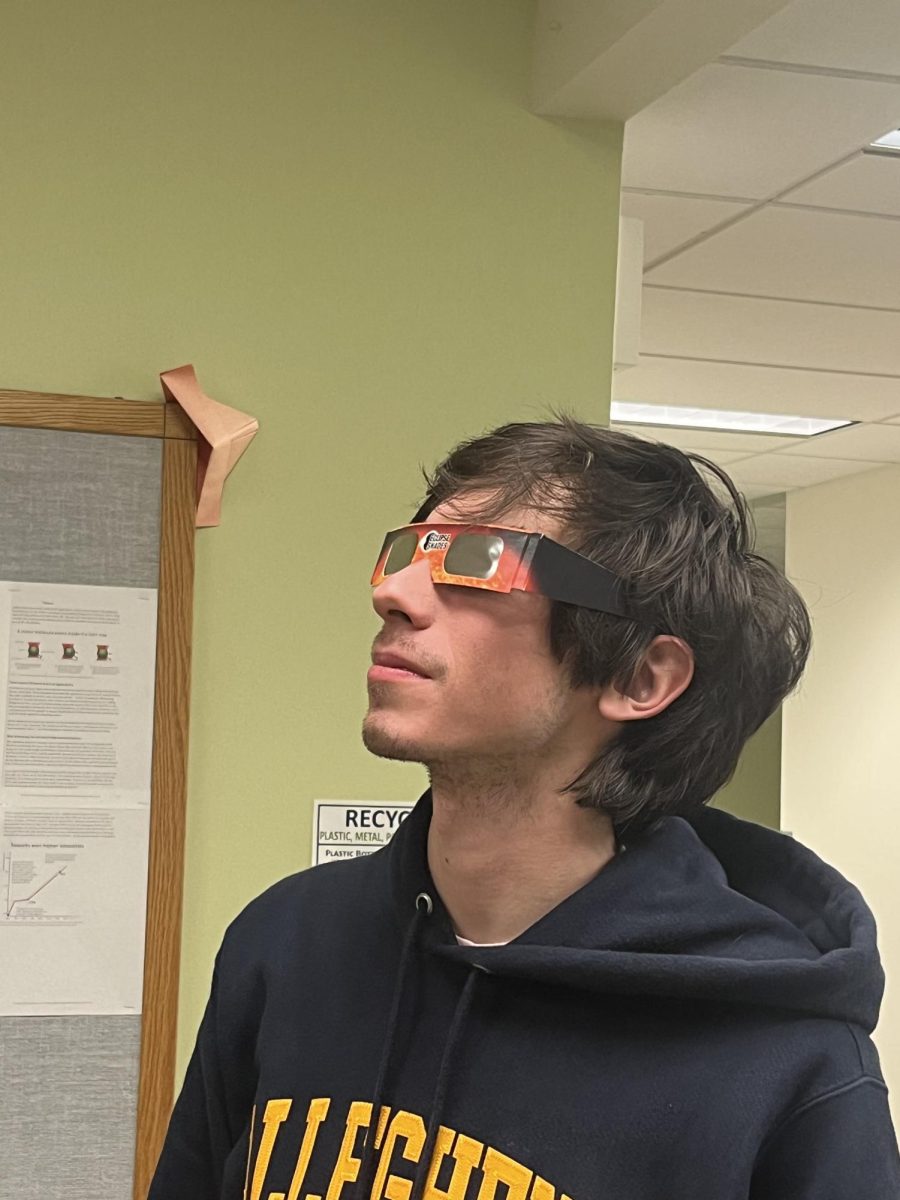By Amanda Spadaro, Science Editor
Oct. 25, 2013
In a report published by the World Health Organization on Oct. 19, 2013, a suspected outbreak of polio was recorded in the Syrian Arab Republic. These reports suggest that, due to the domestic conflicts in Syria, the previous eradication of polio which was accomplished in 1999 may be in jeopardy.
On Oct. 17, the Deir Al Zour region experienced a cluster of acute flaccid paralysis, sudden onset paralysis that may be fatal if respiratory muscles are among those paralyzed. AFP is the most common indicator of polio, suggesting its return for the first time in 14 years. Syria’s national polio laboratory in Damascus tested the cases, finding two potential positives. The final verdict on the cases will come from the laboratory of the Eastern Mediterranean Region of the WHO.
Although poliomyelitis is a virus that resides in the throat and gut, it attacks the nervous system. Paralysis can occur within hours of infection, and one out of every 200 cases results in irreversible paralysis that can be fatal. Children under the age of five are primarily affected by polio, but the infection can spread unnoticed through infected water sources and saliva contact.
Because of the conflict in Syria, it is considered a high-risk region in regard to diseases such as polio and other vaccine-preventable diseases, according to the WHO.
“With the civil disturbance, vaccination programs are disrupted, so you have a susceptible population in Syria now,” said Dr. William Schaffner, an infectious disease expert at Vanderbilt University Medical Center, to ABC News.
While polio is treatable, it is not curable. The only protection against the virus is vaccination, typically in a series of four shots by the age of six.
Once infected, treatment focuses around easing symptoms.
“You care for the patient until the infection runs its course,” Shaffner explained to ABC News. However, polio survivors typically face permanent physical disability.
The urgency of treating such an outbreak has not gone unnoticed, as Syrian’s Ministry of Public Health has stated its intention to surveil current suspected cases and to begin emergency vaccinations. Despite these efforts, vaccinations have proven difficult in war-torn Syria.
“As a result [of intense shellfire], vaccination rates have been waning—from 95 percent in 2010 to an estimated 45 percent in 2013,” according to BBC News. National Public Radio states that in 2012, vaccination rates had fallen to 52 percent, while 83 percent of children were vaccinated in 2011, pre-civil war.
This decrease in vaccination could be attributed to the suffering of public healthcare in Syria, as CNN stated, “ongoing civil war has decimated the public health infrastructure.” One third of Syria’s public hospitals are currently shut down and an estimated 70 percent of healthcare laborers are no longer working, likely relocating to less hostile areas of the country.
In an open letter published in the The Lancet, the need for vaccination reform in Syria was addressed.
“In some areas, children born since the conflict started have had no vaccinations, meaning that conditions for an epidemic, which have no respect for national borders, are ripe,” the letter said.
The doctor signatories on the letter called for medical neutrality, insisting on the availability of health care.
“Any wounded or sick person must be allowed access to medical treatment,” they said.
Similar vaccination attempts, however, have been received poorly. Estimates regarding deaths of health workers in Pakistan over the past year is 20. For security reasons, vaccination programs in Syria could also face similar challenges.
The civil unrest not only makes for less than optimal conditions for providing preventative healthcare but also makes a potential outbreak much harder to control. The overcrowding as well as worsening sanitation conditions increase the risk of outbreak, possibly contributing to the increased rates of hepatitis A, measles and typhoid that the WHO has recorded in Syria recently. Shaffner said to ABC News, that the only way to eradicate polio once more is to restart a vaccination program, commenting that, “obviously in a time of conflict, that becomes next to impossible.”
This suspected polio outbreak also poses threats to global health.
Neighboring countries have created plans calling for increased vaccination as a precaution against further spread. Since the inception of worldwide efforts against polio in 1988, the number of cases reported have dropped 99 percent, from 350,000 to 223.
While polio was considered endemic in over 125 countries in 1988, it is currently endemic in only three: Afghanistan, Nigeria and Pakistan, most notably in remote areas. But the threat is still present.
“These places can still export the virus to surrounding countries,” Shaffner said to ABC News.
This year, 296 cases of polio were reported, many of which come from Somalia, where polio was eradicated in 2007. Because of the global threat a polio outbreak poses, the WHO instituted a surveillance alert in the region, hoping for supplementary vaccinations in surrounding nations similar to Israel’s emergency program in September after polio was found in the sewer system.







